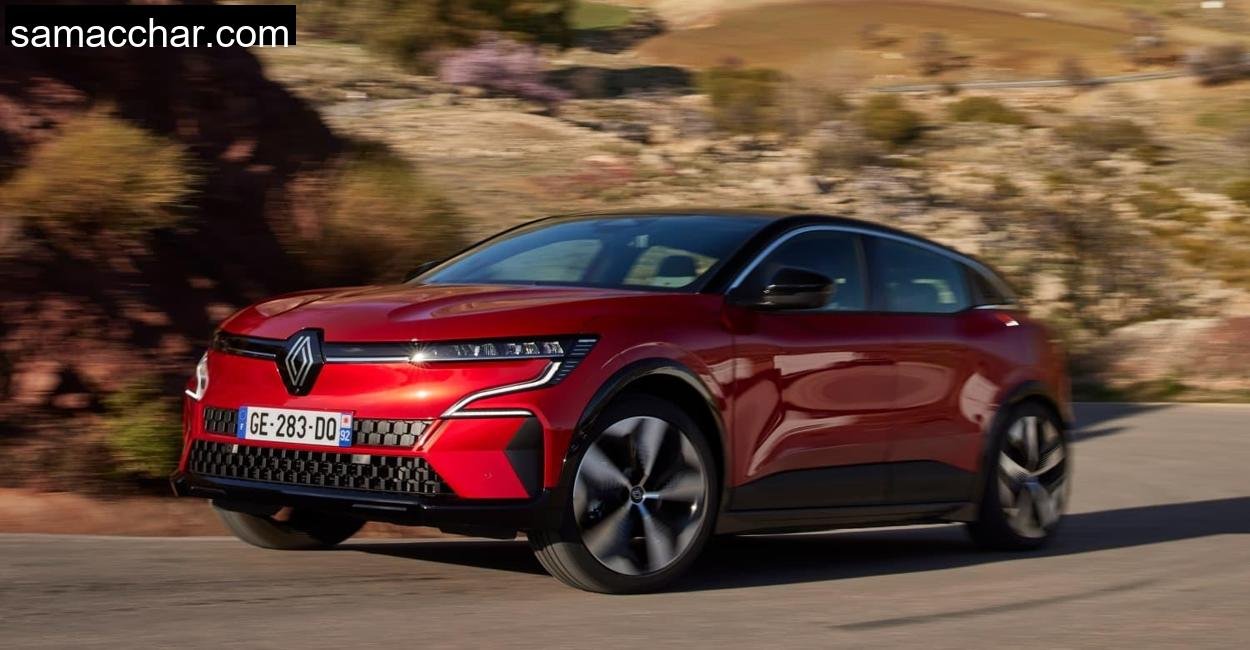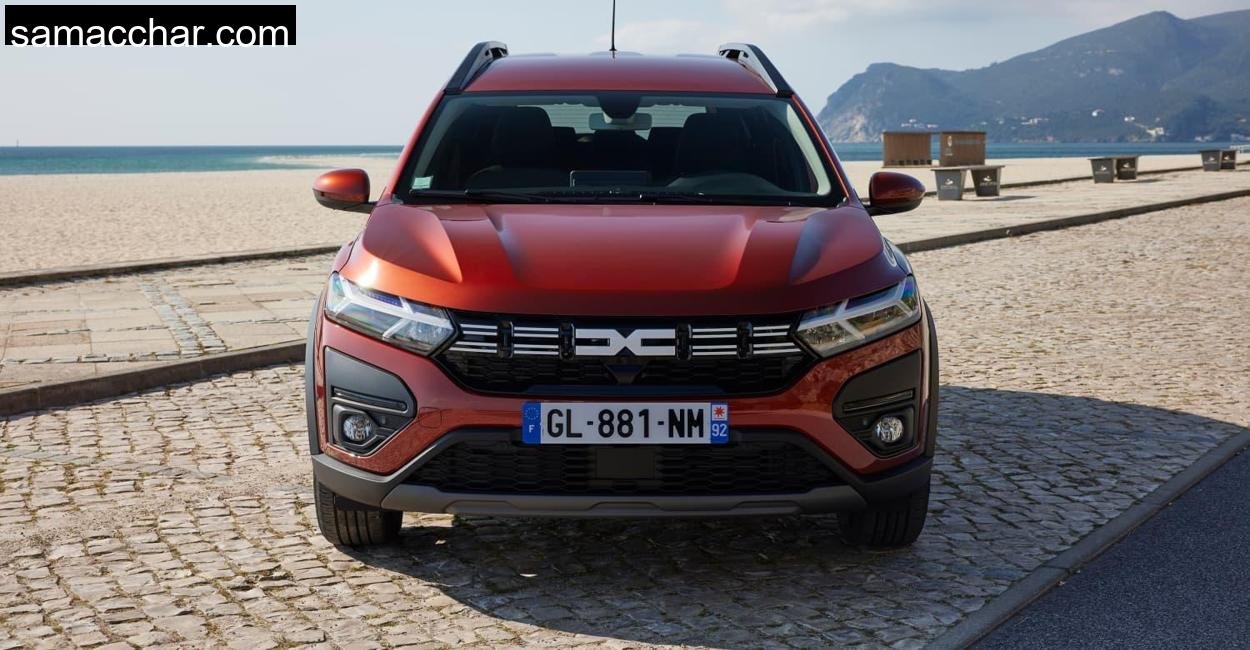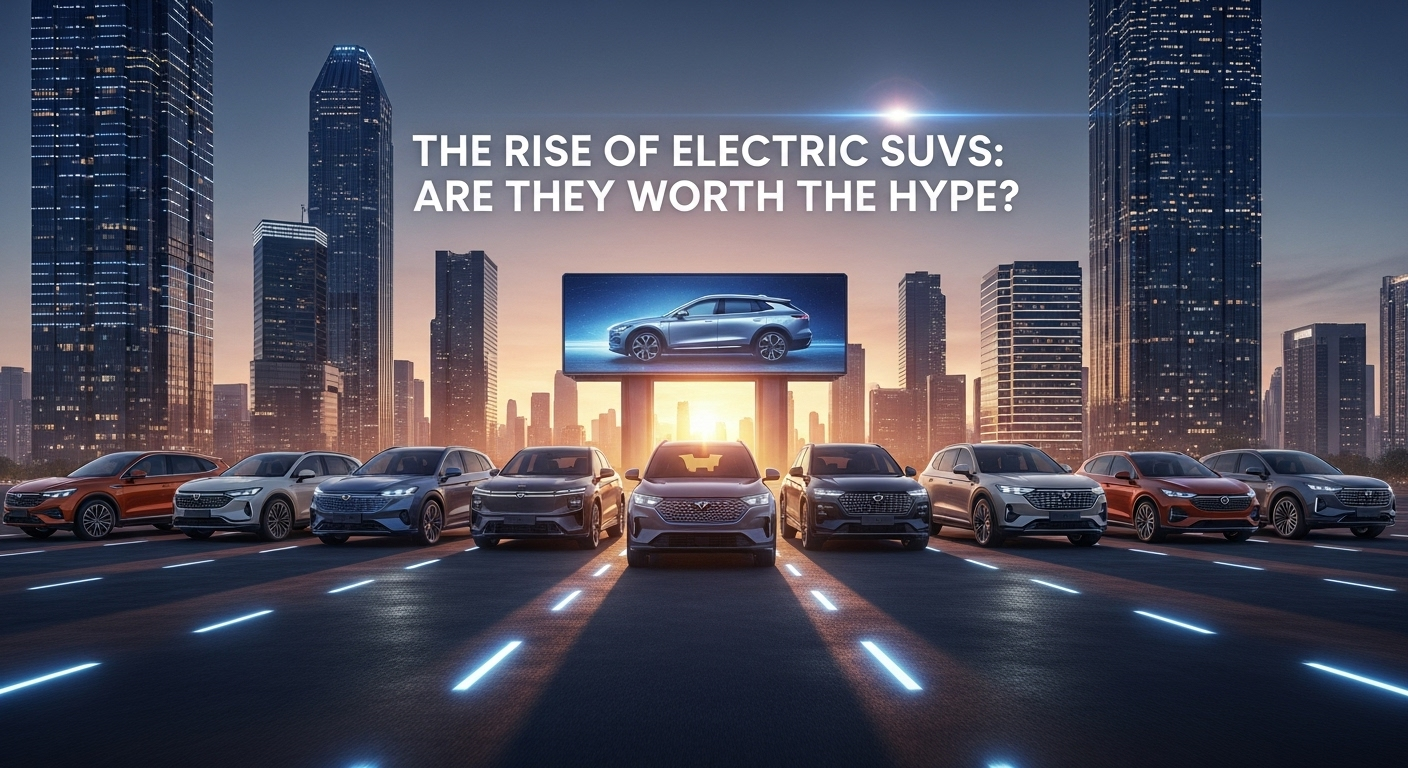Plenty of space in the Mégane E-Tech Electric
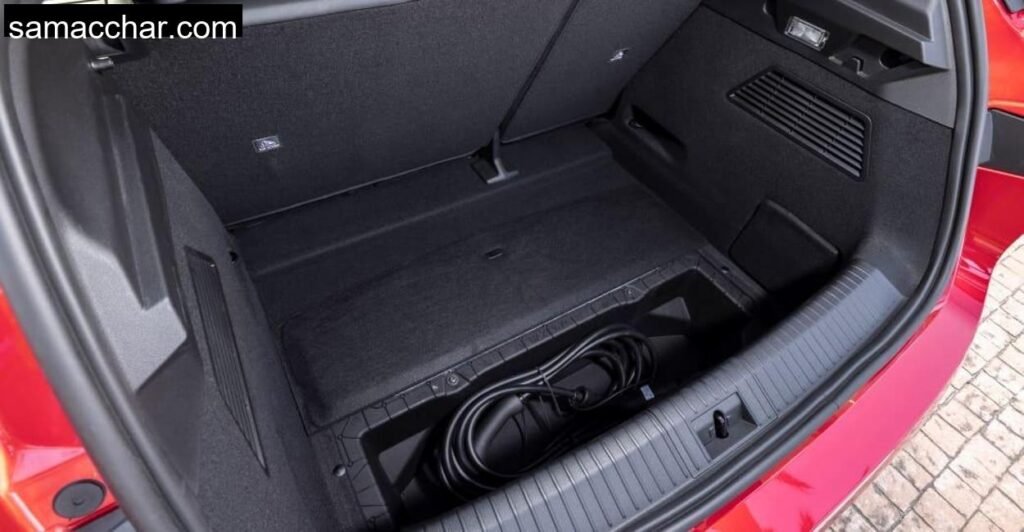
At first glance, the Mégane E-Tech’s sculpted body hints at something tighter and more coupe-like. But step inside, and the CMF-EV platform reveals its practical intentions. I’m six feet tall, and climbing into the front seat felt more like slipping into a lofted lounge than a sports compact. The seating position is elevated, thanks to the underfloor battery, but not SUV-high. It felt commanding, not clumsy.
The 2.69-meter wheelbase plays a key role here. On the climb to the Eggeberg summit, I had enough legroom to stretch, and more importantly, no irritating center tunnel robbing me of foot space. I tossed a camera bag and tripod on the passenger side without issue, and had room for a coat, a backpack, and a thermos in the wide door pockets and storage compartments.
You feel cramped at the back
Rear space? That’s a more nuanced story. I invited a friend for the return leg from Bad Essen, and his 1.89-meter frame immediately discovered the limitations of the sloping roofline. Headroom in the back ends just shy of 1.85 meters, and the high beltline made it feel a bit bunker-like back there.
That said, it’s more perception than reality. His knees didn’t touch the seatbacks, and he even napped on the longer stretch down the B65. The foot space under the front seats is decent, and you can stretch your legs diagonally. Still, if your passengers are tall or sensitive to feeling boxed in, it’s something to be aware of.
Small rear window, digital rearview mirror
The Mégane E-Tech Electric’s rear design is a study in French flair, but that tiny rear window? It’s borderline decorative. Visibility out back is laughable. On the winding descent near Rödinghausen, traditional mirror checks were basically useless.
Luckily, Renault’s digital rearview mirror, fed by a roof-mounted camera, more than compensates. It offers a wide, crisp view, even in fog. I had to adjust to focusing closer (since it’s a screen, not a mirror), and as someone who wears progressive lenses, the depth shift was a bit tricky. But after a few hours, it felt second nature. It’s not perfect, but it’s clever, and in poor visibility or heavy rain, it’s downright essential.
Mégane E-Tech Electric: Digital cockpit
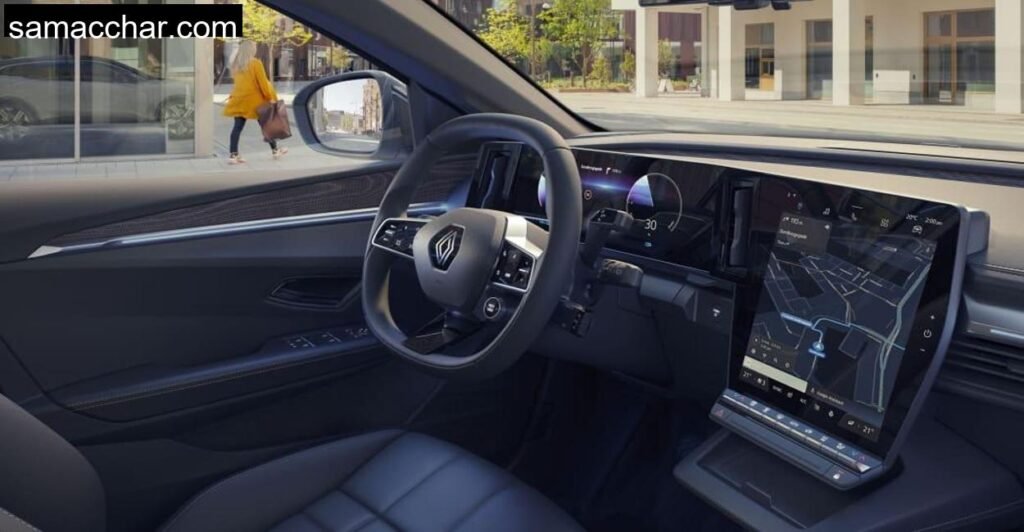
Let’s talk cockpit. The moment you sit down, you’re greeted by 24 inches of integrated display, a Google-powered command center that blends function and form. The vertical touchscreen curves subtly toward the center stack, while the digital gauge cluster remains razor-sharp and legible, even under the harsh midday sun filtering through the trees.
The Google Maps-based navigation is sublime. Not only did it reroute me when a forest track turned out to be closed for logging, it also calculated battery use and projected SoC at each waypoint. Voice control? Faster than I expected. A quick “Hey Google, nearest charging station” brought up results in milliseconds.
It’s tech that works with you, not against you. Though I still wish Renault would declutter the climate control UI, why show digital sliders on the touchscreen that you can’t adjust from there?
Electric motor with 130 or 220 hp
My test car came with the 220 hp front-mounted motor and 60 kWh battery. On paper, the 7.4-second sprint from 0 to 100 km/h seems respectable. In reality? It’s more than that.
Pulling out of a gravel turn in Oberbauerschaft, I floored it. There was a brief chirp from the front tires, a squirm of torque steer, and then a silent surge. 60 to 100 km/h in just 3.5 seconds, and the Mégane felt like it was leaning into the task, not just executing a number.
Even at higher speeds (120 km/h uphill on the L557), the car didn’t feel breathless. The top speed of 160 km/h comes fast and holds well, though at that point, efficiency is an afterthought. The front-wheel-drive setup can struggle slightly on wet inclines, but the traction control intervenes gently, never rudely.
Safe in the evasion test
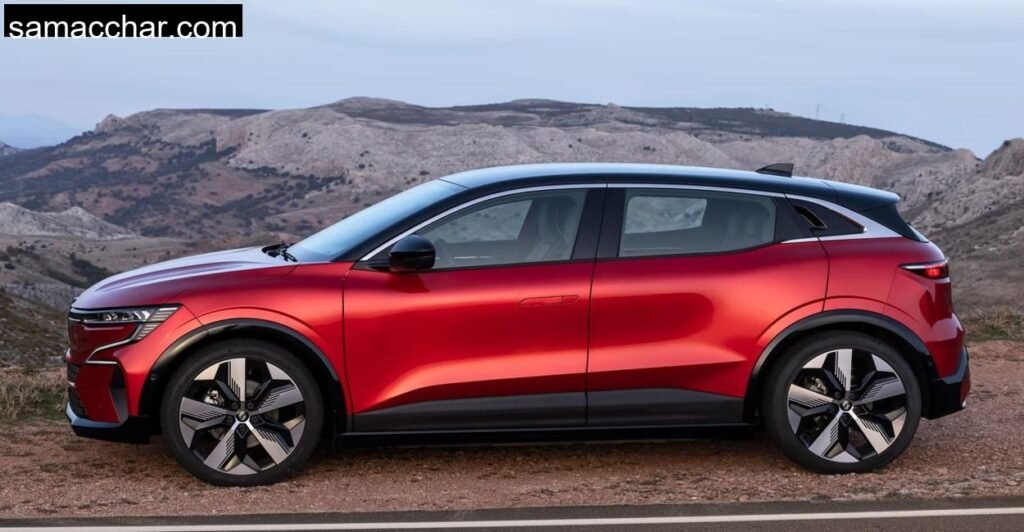
On a quick test of the evasion maneuver on a forest turnout, the Mégane impressed. While the rear end felt soft during load changes, the ESP kept things tidy, snapping the car back in line with confidence.
Steering is a mixed bag. There’s initial sharpness off center but push harder into tight corners like those descending toward Bramsche, and feedback fades. You learn to trust the chassis, though, even if the steering feel lags behind. It’s a comfortable handler, not a sports tool, but it behaves predictably under stress.
Electric Mégane: 19.4 kWh test consumption
Over the full day in the Wiehen Hills, with a mix of climbing, highway, and village driving, my consumption landed almost exactly at 19.4 kWh/100 km, just like test. That includes the ups and downs, quick bursts of throttle, and plenty of regen braking down steep forest grades.
With the 60 kWh net battery, that yielded a real-world range of around 365 km, decent, if not groundbreaking. The key is its efficiency in transitional terrain: the motor doesn’t waste energy in low-speed curves or when coasting downhill. It sips, not gulps.
Up to 130 kW charging capacity – 72.8 on average
At a DC fast charger in Melle, I clocked a peak charging rate of 127 kW, close to Renault’s claimed 130. But as expected, that number is fleeting. Most of the session hovered around 70–75 kW, with 10 to 80% taking just under 43 minutes.
The onboard 22 kW AC charger is a hidden gem. Most rivals offer only 11. At my overnight stop, I plugged into a local wallbox and got a full top-up while I slept. No fuss, no need for DC unless you’re road-tripping.
Price: From 35,600 euros
Is it worth the money? The Mégane E-Tech Electric starts at €35,600, but my test car, with the 60 kWh battery, 220 hp motor, advanced infotainment, and upgraded wheels, was closer to €46,000.
That’s in VW ID.3 and Kia Niro territory, but the Renault feels more refined than the VW and more engaging than the Kia. It’s not the budget champion. But it’s arguably the most emotionally satisfying in the group.
Conclusion
Driving the Renault Mégane E-Tech Electric through the Wiehen Hills felt like discovering a car that finally understands balance. It’s not chasing range records or tech gimmicks. It’s built to be livable, enjoyable, and surprisingly refined, a car that respects your everyday needs while still inviting you to push a little harder when the road opens up.
The Mégane doesn’t revolutionize the compact EV world. But in its quiet competence, digital maturity, and aesthetic confidence, it elevates it. If you want a car that’s as at home in city traffic as it is carving up a forest road in Lower Saxony, this is it.
